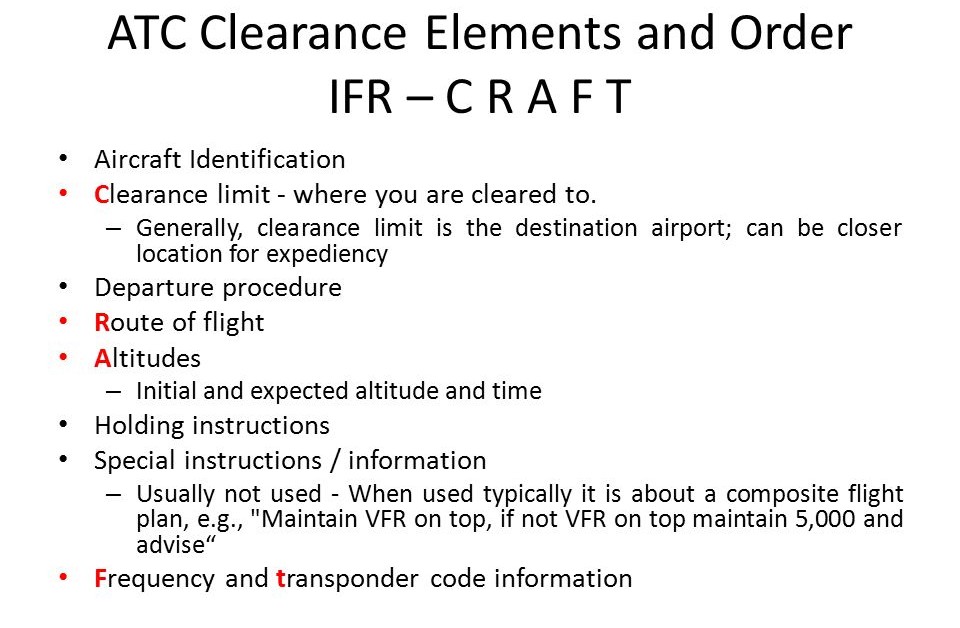Picking up an IFR clearance at first can seem very simple. But, when taking off from an untowered field, especially if a pilot is based at a towered airport, it can be a little more complex. Based at an untowered field? The towered procedures are a little more streamlined, but still different.
Towered Airports
Class B or Class C
At Class B or Class C airports, there is a dedicated frequency to get an IFR clearance and VFR departure instructions called Clearance Delivery. It is published in the airport facilities directory as well as most approach plates. Before you call Clearance Delivery, get the ATIS and tell the controller you have it as well as where you are located on the airport.
Class D
Some Class D airports have a Clearance Delivery frequency (see KADS, Addison, TX), but for the most part, you’ll get your IFR clearance on the Ground frequency. If there is a dedicated Clearance Delivery frequency, the ATIS will specify whether or not to get your clearance on it or on ground control.
Class D towers are only part time towers, usually closing between 7pm and 10pm local time, depending on how busy the airspace is. These airports usually have published Clearance Delivery frequencies to contact either the local approach control or center to pick up an IFR clearance on the ground. They will be published on approach plates and in the A/FD.
Untowered Airports
Class E
There are a number of Class E airports that are Class E all the way down to the surface (see KLFK, Angelina County). At these airports, there will either be a Clearance Delivery frequency or you call on the Center or Approach frequency to get your clearance (at KLFK, you call Center as there is no Clearance Delivery frequency. At Temple, KTPL, there is a published Clearance Delivery frequency which you would be talking to Grey Approach).
Class G
There are two ways to pick up an IFR clearance at a Class G airport, one typically a little safer than the other.
The first option is to take off and maintain VFR while calling Center or Approach control. They will give you your clearance making you IFR and allowing you to enter the clouds. This option can be unsafe depending on the terrain surrounding the airport and how low the ceiling is. If the ceiling is overcast at 1,000, you can legally remain VFR in Class G airspace at 500 AGL, but that isn’t the safest option and you might not be able to raise ATC at that altitude.
The second, and safer option, is to call on the phone. Flight Service has a nationwide Clearance Delivery phone number that every pilot should have saved in their contacts (888-766-8267). Typically, you want to wait to call them until after you are done with your runup because they only give you a five or ten minute window to get off the ground. With bluetooth equipped headsets, this usually isn’t a problem.
Be prepared when calling Clearance Delivery on the phone to wait a few minutes. Us pilots aren’t good at being patient sometimes, but the FSS has to call Center on the phone to get your clearance and release and this can take a few minutes. Be prepared for that going in and just be patient. Remember, this is the safer option!
There are a handful of Class G airports around the US that have a GCO, a Ground Communications Outlet. With a GCO, you tune up the frequency, then click the mic 4 times to talk to ATC or 6 times to talk to FSS. Each mic click must be at least one second, so if you click the mic too quickly, it won’t work.
At certain airports that are underlying an approach control’s airspace, you can actually call the TRACON directly and get your clearance from them (5C1, the Boerne Stage Airport, for example. San Antonio approach is the controlling agency and you can call them directly to pick up your clearance). It’s a good practice to get the TRACON phone number and save that in your contacts as well.

